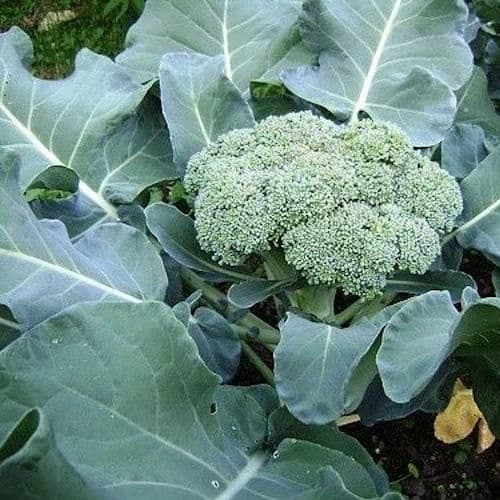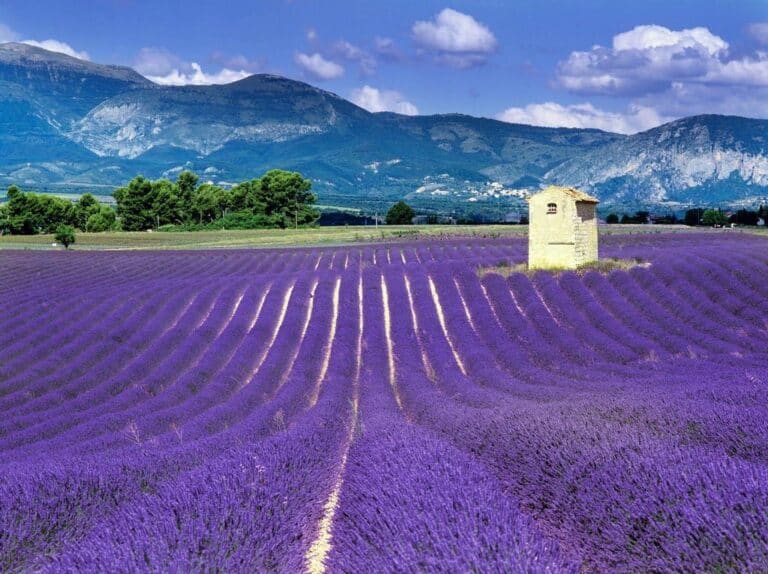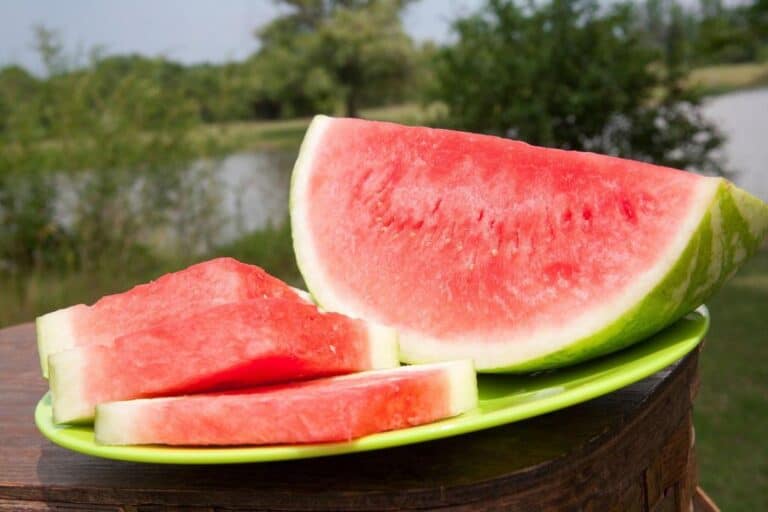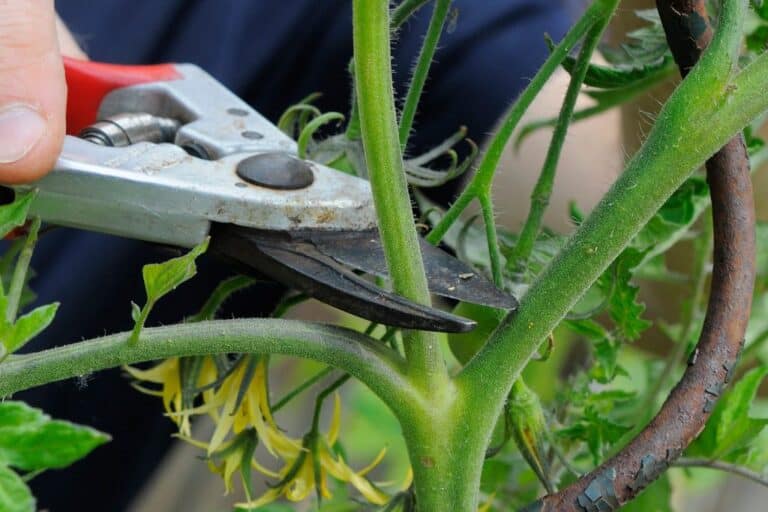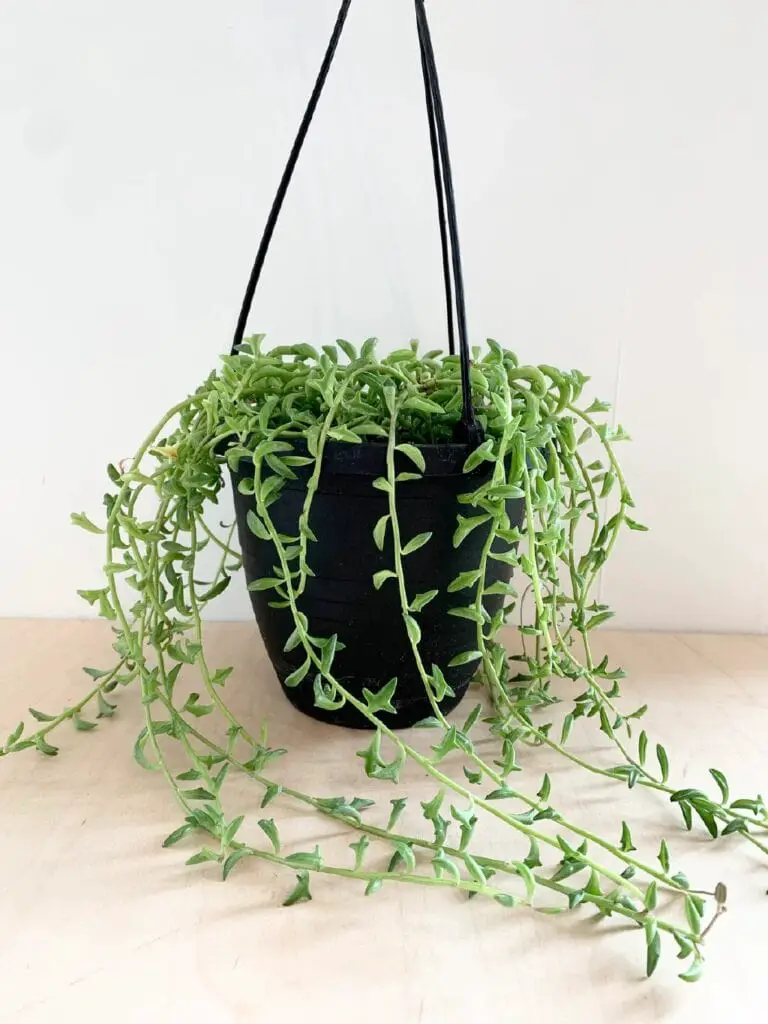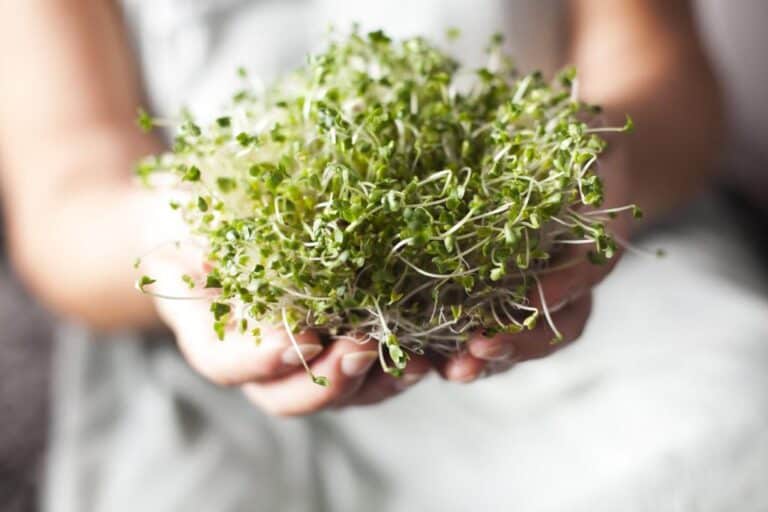Are Pomegranates Self Pollinating? How to Hand-Pollinate Pomegranates Plant
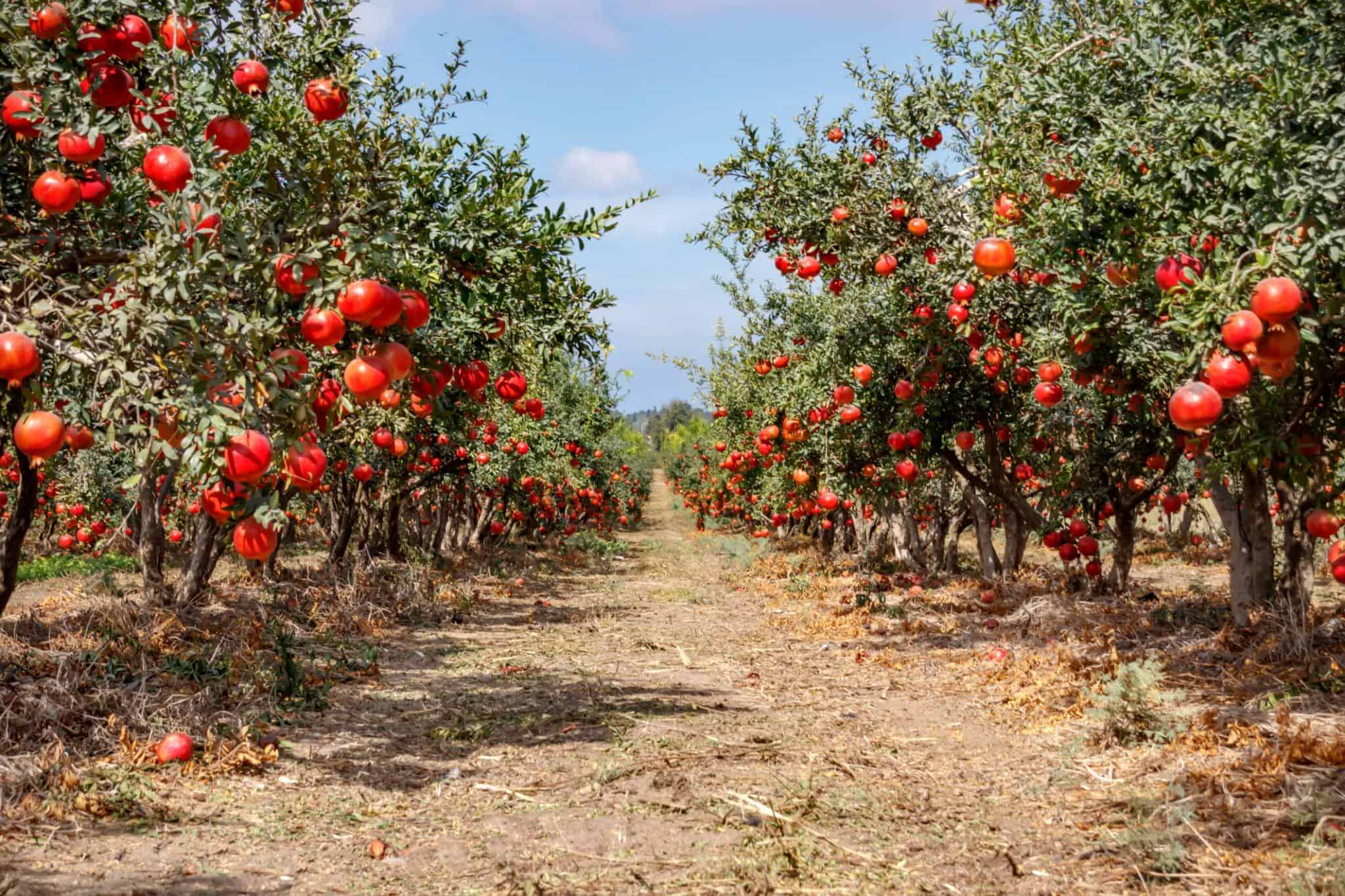
Pomegranates, with their ruby-red jewels encased in a tough outer layer, are not only delicious but also fascinating in their reproductive process. One common question that arises among growers and enthusiasts is, “Are pomegranates self-pollinating?”
Yes, pomegranates are both self-pollinated and cross-pollinated by insects. They may not require another tree to cross-pollinate with, as the bees do most of the work. While they are both self-pollinated and cross-pollinated by insects, you only need one pomegranate bush or tree to get fruit.
In this guide, we’ll unravel the mysteries of pomegranate pollination and explore the art of hand-pollination to enhance your fruit yield.
Understanding Pomegranate Pollination
Pomegranate Reproduction Basics
Pomegranate trees have both male and female reproductive parts, housed within the same flower. However, unlike some self-pollinating plants, pomegranates often benefit from cross-pollination for optimal fruit set and quality.
Cross-pollination involves the transfer of pollen from one flower to the stigma of another, promoting genetic diversity.
Self-Pollination in Pomegranates
While pomegranates are not strictly self-pollinating, they do have some self-fertility. This means that, under the right conditions, a single tree can produce fruit without external pollination. However, to ensure a bountiful harvest, encouraging cross-pollination is generally recommended.
Factors Influencing Pomegranates Pollination
Several factors can influence the success of pollination in pomegranate trees. Understanding these elements can empower growers to create an environment conducive to optimal fruit development.
1. Varietal Differences
Different pomegranate varieties exhibit varying degrees of self-fertility. Some may produce satisfactory fruit through self-pollination, while others thrive with cross-pollination. Research the specific characteristics of your pomegranate variety to tailor your cultivation practices accordingly.
2. Weather Conditions
Pomegranate flowers are sensitive to environmental conditions. High temperatures and excessive humidity can hinder pollen viability and transfer. Conversely, a dry and warm climate often promotes successful pollination. Monitoring weather patterns during the flowering season is crucial for maximizing fruit set.
3. Pollinator Presence
Although pomegranates have some self-fertility, the presence of pollinators such as bees and butterflies significantly enhances the chances of successful cross-pollination. Encouraging a diverse population of pollinators in your orchard can be a natural and effective strategy.
Are Pomegranates Self-Pollinating?
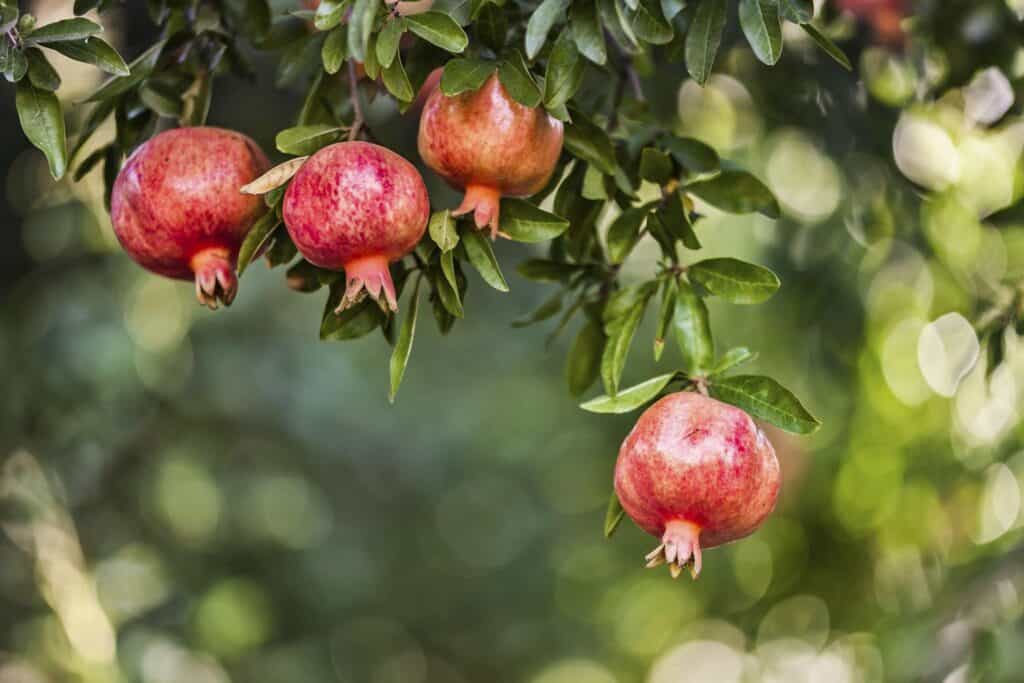
Self-pollinating and insect-pollinated pomegranates are both possible, so you only need one bush or tree to get fruit. However, while pomegranates can self-pollinate, there are instances where hand pollination may still be necessary to ensure a bountiful harvest.
Hand-pollination allows growers to control and optimize the pollination process for their pomegranate plants, ultimately enhancing their crop production. Hand pollination can be especially beneficial in areas with limited bee activity or when environmental conditions hamper natural pollination.
By manually transferring pollen from one flower to another with a small paintbrush or cotton swab, gardeners can increase fruit set and yield.
Signs of Poor Pollination in Pomegranates
Signs of poor pollination in Pomegranates can be disheartening for any gardener. One of the most visible signs is the small, misshapen, or underdeveloped fruits that result from incomplete pollination. Another indication is low fruit set, where only a few fruits form on the tree despite abundant flowering. Additionally, if you notice a lack of viable seeds within the pomegranate arils, it could be a sign of poor pollination.
Furthermore, observing an abundance of flowers falling off without forming any fruit can be a clear indicator of pollination issues. This can occur due to various factors, such as limited bee activity, unfavorable weather conditions during the blooming period, or insufficient pollen transfer between flowers.
Understanding these signs allows gardeners to take proactive measures such as hand-pollination to ensure healthy fruit development in their pomegranate plants.
Benefits of Hand-Pollinating Pomegranate Plants
Hand-pollinating pomegranate plants can yield a host of benefits, especially for those seeking to enhance fruit production. By hand-pollinating, gardeners can ensure increased fruit set and consistency in developing quality pomegranates.
This method also allows for controlled pollen transfer between different varieties, leading to potential new hybrid cultivars with improved taste and texture.
Furthermore, hand-pollination offers more reliable results than solely relying on natural pollinators like bees or wind. It provides an opportunity to intervene in the plant’s reproductive process, especially in cases where environmental conditions may hinder natural pollination.
This hands-on approach not only increases the chances of successful fertilization but also fosters a deeper connection with the growth and development of pomegranate plants. Ultimately, the practice of hand-pollinating promotes a sense of stewardship over the plant’s fertility and encourages experimentation to achieve optimal harvests.
| Read: Are Pumpkins Self Pollinating? How to Hand-Pollinate Pumpkin Plant |
How to Hand-Pollinating Pomegranates: A Step-by-Step Guide
In cases where natural pollination may be insufficient, or for growers seeking to optimize their yield, hand-pollination is a valuable technique. Here’s a step-by-step guide to hand-pollinating your pomegranate trees:
Materials Needed:
- Fine paintbrush or cotton swab
- Small container for collecting pollen
- Patience and a gentle touch
Steps by Steps to Hand-Pollinating Pomegranates
Step 1. Identify Flower Maturity
Choose flowers that have just opened or are about to open. These are the most receptive to pollination.
Step 2. Collect Pollen
Gently brush the anthers (male parts) of the flower with your paintbrush or cotton swab to collect pollen. Be cautious not to damage the delicate flower structure.
Step 3. Apply Pollen to Stigma
Transfer the collected pollen to the stigma (female part) of the same flower or another flower. Ensure thorough coverage for effective pollination.
Step 4. Repeat the Process
Continue the process for multiple flowers, aiming for a diverse pollen transfer to enhance genetic diversity.
Step 5. Timing Matters
Perform hand-pollination during the early morning hours when flowers are open and pollen is most viable.
Step 6. Protect Pollinated Flowers
Once pollination is complete, consider protecting the pollinated flowers from rain or strong winds to ensure successful fertilization.
Conclusion
In the world of pomegranates, the intricacies of pollination add a layer of complexity to cultivation. While pomegranates aren’t strictly self-pollinating, understanding their reproductive nuances allows growers to leverage natural processes and intervene when necessary. Hand-pollination, when done with care and precision, can be a valuable tool in optimizing fruit yield.
So, whether you’re a seasoned orchardist or a curious gardener, exploring the art of pomegranate pollination can deepen your appreciation for these remarkable fruit-bearing trees.
FAQs
Are all pomegranate varieties self-pollinating?
No, not all pomegranate varieties are self-pollinating. While some can set fruit through self-pollination, many benefit from cross-pollination for optimal fruit production. It’s crucial to know the specific needs of the pomegranate variety you are cultivating.
Can you rely solely on natural pollination for pomegranates?
Natural pollination occurs through wind, insects, and birds, but relying solely on it can be unpredictable. To ensure consistent and increased fruit yield, especially in orchards, many growers employ additional hand-pollination methods.
Why would a pomegranate plant fail to set fruit despite flowering?
One common reason is insufficient pollination. Pomegranates may face challenges in natural pollination, leading to a lack of fruit development. In such cases, hand-pollination becomes a valuable technique to overcome these challenges.
Can self-pollinating pomegranate varieties benefit from cross-pollination?
Yes, even self-pollinating pomegranate varieties can benefit from cross-pollination. Introducing pollen from another compatible variety enhances genetic diversity, promoting better overall reproductive health and potentially increasing fruit production.
Are there specific environmental conditions that favor self-pollination in pomegranates?
The answer is that environmental factors like wind and temperature can affect self-pollination of pomegranates. Optimal conditions involve a gentle breeze for pollen transfer and moderate temperatures, usually between 68°F and 77°F (20°C and 25°C).
Can improper pollination affect the quality of pomegranate fruits?
Yes, improper pollination can significantly impact the quality of pomegranate fruits. Inadequate pollination may result in small, misshapen, or underdeveloped fruits. Hand-pollination helps overcome such issues, ensuring robust fruit development and desirable characteristics.
Besides hand-pollination, are there other effective methods for promoting cross-pollination in pomegranate orchards?
Yes, encouraging the presence of pollinators like bees and butterflies in the orchard is an effective method for promoting cross-pollination. Planting a variety of pomegranate cultivars with overlapping bloom times also enhances the chances of successful cross-pollination.

